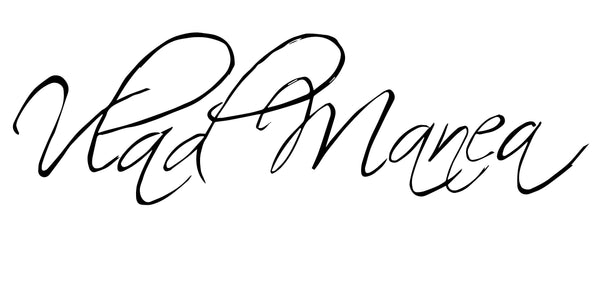When Should You Color Grade? (And Why Timing Matters)
Share
Color grading is one of the final touches that gives your photo or video a unique mood and professional polish. But a common question for beginners is:
When in the editing process should you actually color grade?
The answer depends on whether you're working with photos or video—but in both cases, the key is to grade after you’ve corrected.
Let’s break it down.
First Comes Color Correction
Before you color grade, you always want to fix the technical issues in your image. That means:
-Correcting white balance
-Adjusting exposure
-Fixing contrast
-Balancing skin tones
-Removing color casts
This step is called color correction, and it ensures your image is clean, natural, and ready for creative adjustments.
Skipping this part makes color grading unpredictable. It’s like painting over a dirty wall—you’ll never get the result you want.
Then Comes Color Grading
Once your image is corrected, now is the time to color grade. This is where you:
-Add mood and atmosphere
-Stylize the tones to match your vision
-Emphasize certain colors or contrasts
-Build consistency across a set of images or clips
Whether you’re going for a warm cinematic look, a moody teal and orange vibe, or a desaturated vintage feel—grading is all about creative control.
When to Color Grade in Photo Editing
In programs like Lightroom or Photoshop, follow this workflow:
-
Basic panel corrections (exposure, WB, contrast)
-
Lens corrections and cropping
-
Noise reduction or sharpening
-
Then move into color grading using tone curves, HSL, masking, and creative profiles
Doing it in this order gives you a solid base and avoids grading over flaws.
When to Color Grade in Video Editing
In Premiere Pro, DaVinci Resolve, or Final Cut:
-
Correct footage using scopes (exposure, white balance, skin tones)
-
Stabilize or crop if needed
-
Apply noise reduction
-
Then color grade using LUTs, wheels, and curves
Color grading comes near the end of your post-production process—not at the start.
Why It Matters
Doing your grading too early—or skipping correction—can lead to:
-Inconsistent results
-Unnatural skin tones
-Poor dynamic range
-Difficulty matching clips or images
On the other hand, grading at the right time allows your creative choices to shine through, without being held back by technical flaws.
If you're looking to learn how to color grade, I have a manual for that here.
